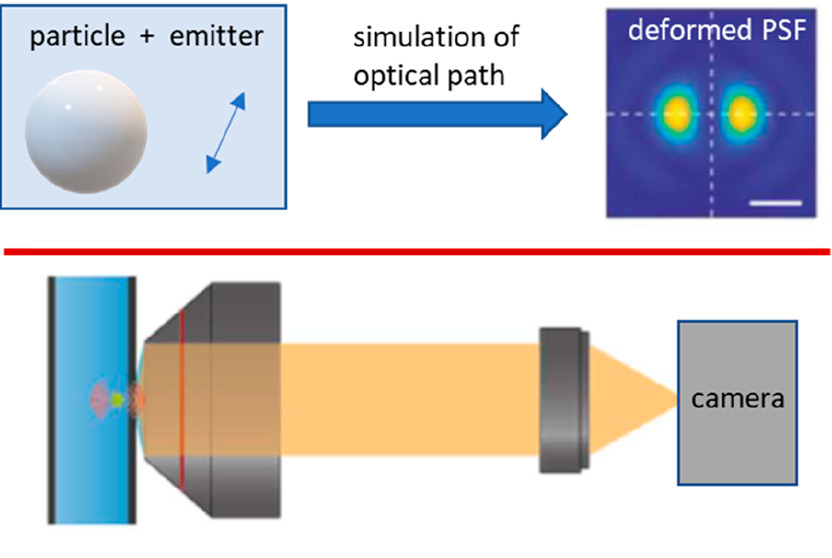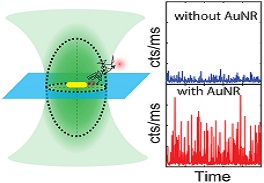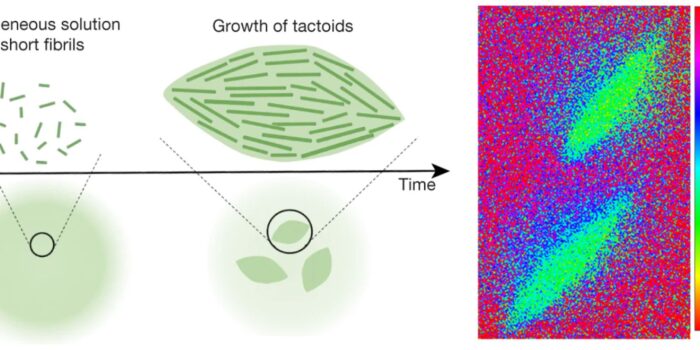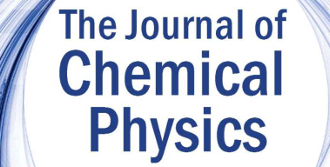Frank Bloksma, Peter Zijlstra*
Colloidal plasmonic materials are increasingly used in biosensing and catalysis, which has sparked the use of super-resolution localization microscopy to visualize processes at the interface of the particles. We quantify the effect of particle–emitter coupling on super-resolution localization accuracy by simulating the point spread function (PSF) of single emitters near a plasmonic nanoparticle. Using a computationally inexpensive boundary element method, we investigate a broad range of conditions allowing us to compare the simulated localization accuracy to reported experimental results. We identify regimes where the PSF is not Gaussian anymore, resulting in large mislocalizations due to the appearance of multilobed PSFs. Such exotic PSFs occur when near-field excitation of quadrupole plasmons is efficient but unexpectedly also occur for large particle–emitter spacing where the coherent emission from the particle and emitter results in anisotropic emission patterns. We provide guidelines to enable faithful localization microscopy near colloidal plasmonic materials, which indicate that simply decreasing the coupling between particle and molecule is not sufficient for faithful super-resolution imaging.
Related Articles
Plasmon-Enhanced Single-Molecule Enzymology Yuyang Wang and Peter Zijlstra DOI:10.1021/acsphotonics.8b00327 We present a numerical study on plasmon-enhanced single-molecule enzymology. We combine Brownian dynamics and electromagnetic simulations to calculate the enhancement of fluorescence signals...
Together with Yuyang Wang at the ICMS microscopy facility we have developed a microscopy approach to visualize and track local organization in dynamic polymeric materials. The approach uses a polarization-sensitive...
Peter served as an editor of a special issue in JCP called "The Ever-Expanding Optics of Single-Molecules and Nanoparticles". The issue highlights recent advances in single-molecule optics that stemmed from...




